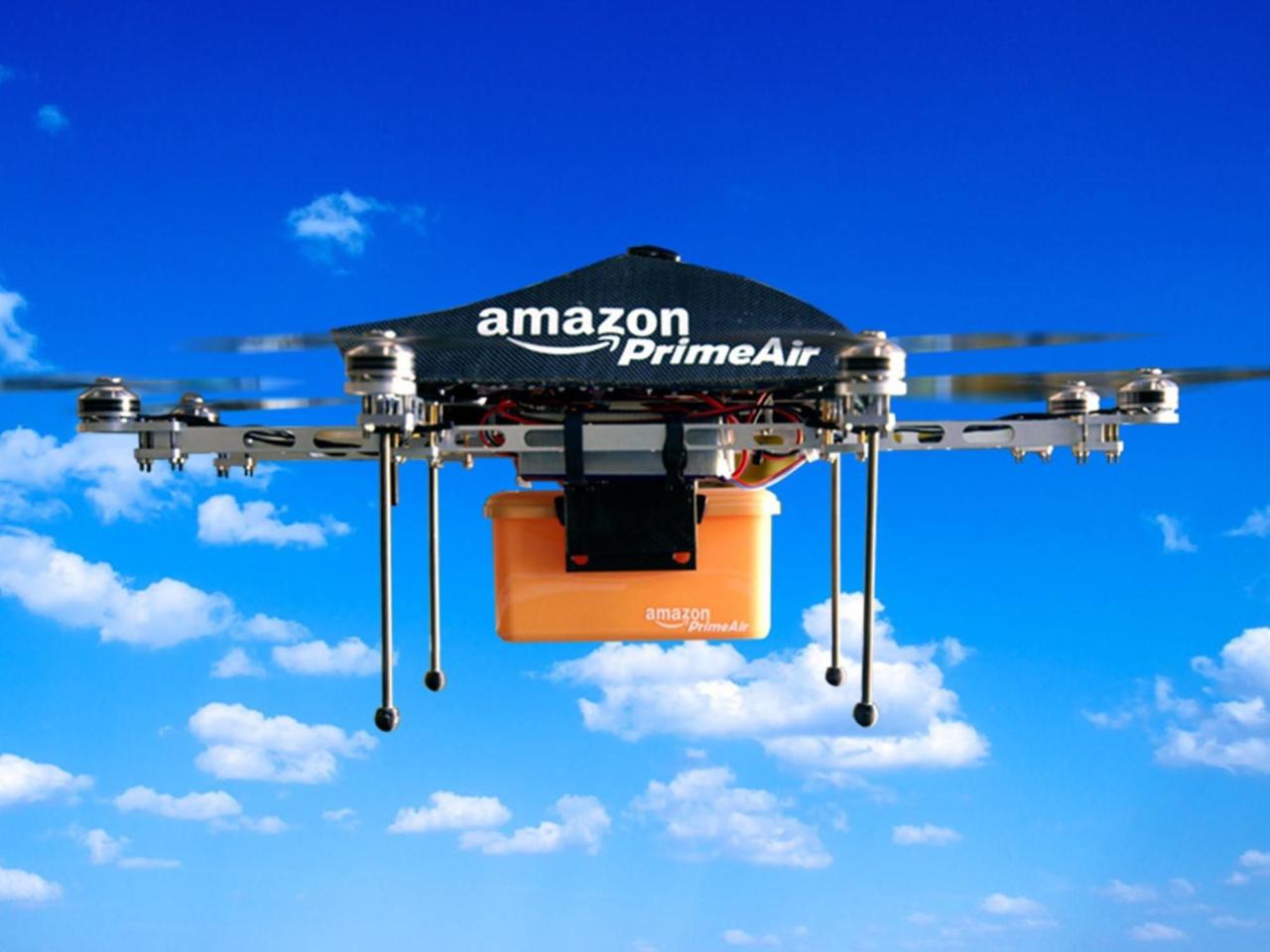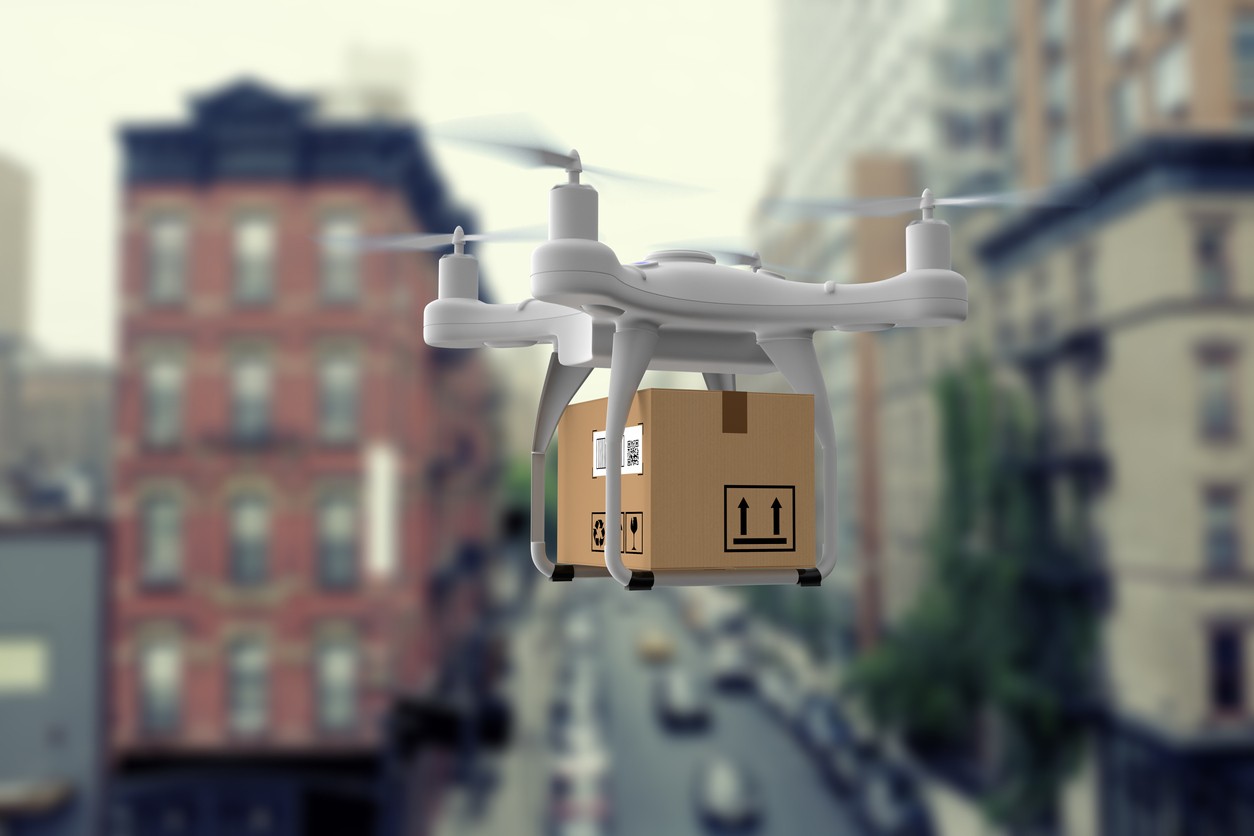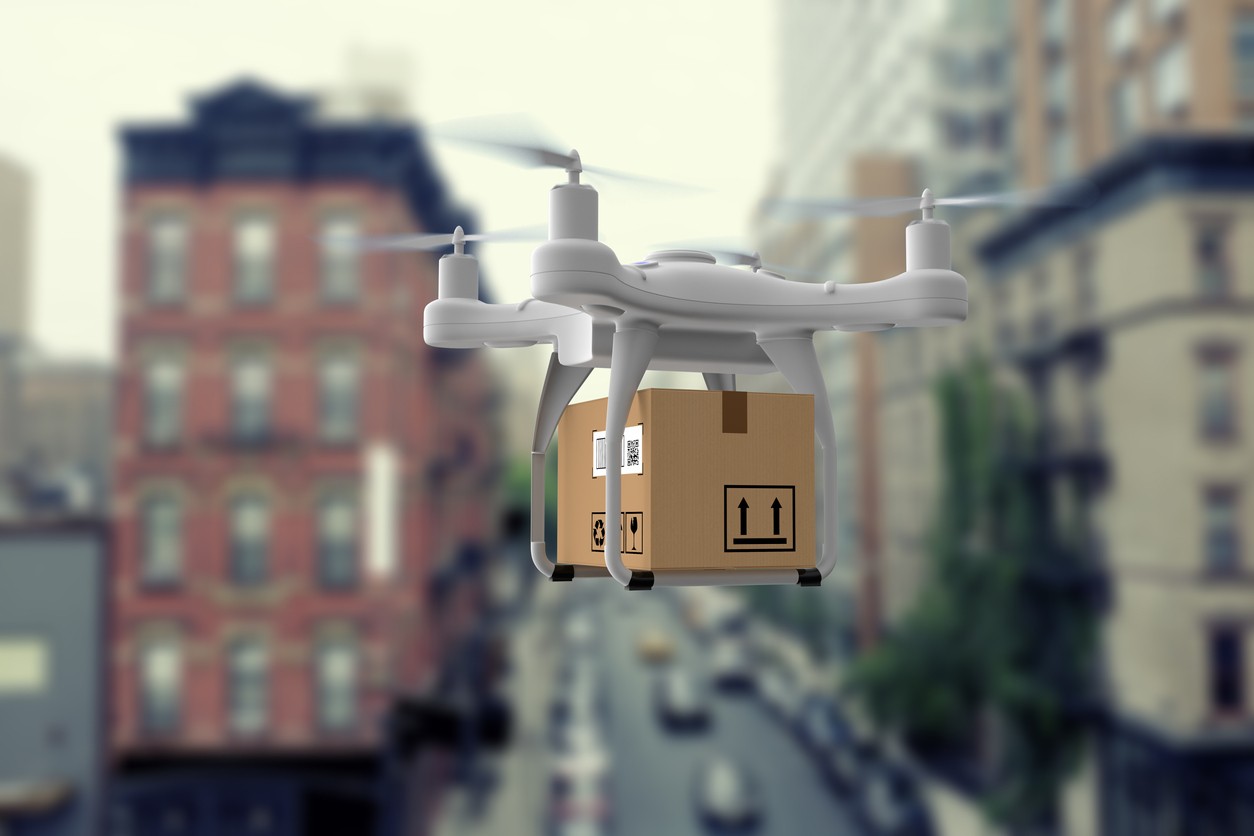Amazon drone delivery locations are expanding rapidly, revolutionizing how we receive packages. This isn’t just about faster delivery; it’s about overcoming logistical hurdles in densely populated areas and exploring new frontiers in efficient transportation. We’ll explore the current locations, the technology behind it, and the future of this exciting delivery method.
From the initial rollout in select areas to ambitious expansion plans, Amazon’s drone delivery program faces a unique set of challenges and opportunities. Understanding the factors influencing location selection, the technological hurdles, and the regulatory landscape is crucial to grasping the full impact of this innovative approach to package delivery.
Amazon Prime Air Drone Delivery: A Deep Dive into Locations and Operations
Amazon’s Prime Air drone delivery program represents a significant leap forward in e-commerce logistics. This article explores the current status, future expansion plans, technological underpinnings, regulatory considerations, and community impact of this innovative delivery system, focusing specifically on the selection and operation of drone delivery locations.
So you’re curious about where Amazon’s delivering packages via drone, huh? It’s pretty cool tech! To get the lowdown on the specific areas currently covered by this service, check out this helpful resource on amazon drone delivery locations. Knowing these locations gives you a better idea of how widespread Amazon’s drone delivery program really is.
Current Amazon Drone Delivery Program Status
Currently, Amazon’s Prime Air drone delivery service operates in a limited number of locations, primarily focusing on areas with favorable infrastructure and regulatory environments. The program’s expansion is gradual, prioritizing safety and operational efficiency.
| Region | City/Town | State | Operational Status |
|---|---|---|---|
| North America | College Station | Texas | Operational |
| North America | Lockeford | California | Operational |
| North America | Other locations in Texas and California | N/A | Operational (Specific locations not publicly disclosed) |
| Europe | Various locations in the UK | UK | Operational (Specific locations not publicly disclosed) |
The infrastructure requirements for Amazon drone delivery locations include robust communication networks for drone control and data transmission, sufficient airspace for safe and efficient drone operations, and suitable landing zones. The projected timeline for expansion remains fluid, contingent upon regulatory approvals, technological advancements, and successful operational performance in existing locations.
Factors Influencing Drone Delivery Location Selection

Amazon’s location selection process for drone delivery considers several crucial factors to ensure operational feasibility and community acceptance.
So you’re curious about Amazon drone delivery locations? It’s pretty cool how they’re expanding, right? To get a sense of the potential for large-scale drone operations, check out this amazing florida drone show ; it showcases the incredible things drones can do. Seeing that might give you a better idea of the kind of airspace management needed for widespread Amazon drone deliveries in the future.
Population density plays a significant role. High-density urban areas present unique challenges, such as congested airspace and complex obstacle avoidance requirements, whereas suburban areas often offer more open airspace but may require longer delivery routes. Logistical complexities vary greatly. Urban delivery necessitates precise navigation through buildings and obstacles, while suburban delivery faces challenges like longer distances and varying terrain.
A hypothetical model for Amazon’s decision-making process might involve a weighted scoring system, considering factors like population density, airspace availability, regulatory compliance, infrastructure readiness, and projected delivery volume. Locations with high scores across these criteria would be prioritized for drone delivery expansion.
Technological Aspects of Drone Delivery Locations

Several technologies ensure safe and efficient drone operations. These include advanced GPS systems for precise navigation, sophisticated obstacle avoidance systems utilizing sensors like lidar and radar, and secure communication networks for real-time control and data transmission. The communication infrastructure must provide reliable, low-latency connectivity to support continuous drone monitoring and control.
- Limited battery range of drones, necessitating frequent recharging or battery swaps.
- Challenges in operating drones in adverse weather conditions (e.g., strong winds, rain, snow).
- Potential for interference from other electronic devices or signals.
- Need for robust cybersecurity measures to protect drone systems from hacking or malicious attacks.
A typical drone delivery operation might involve the drone taking off from a designated hub, navigating autonomously using GPS and obstacle avoidance systems, delivering the package to a designated location (e.g., customer’s backyard), and returning to the hub. Key technological components include the drone itself, its onboard computer, GPS receiver, sensors, communication modules, and the ground control system.
Regulatory and Legal Considerations, Amazon drone delivery locations

Operating drone delivery services requires navigating a complex regulatory landscape. Amazon must obtain necessary approvals from aviation authorities in each location, adhering to airspace regulations and limitations, ensuring compliance with safety standards, and addressing privacy concerns. Legal frameworks governing drone operations vary significantly across countries and regions, posing challenges for international expansion.
So you’re curious about Amazon drone delivery locations? It’s a pretty exciting development, right? To get a sense of the scale and potential of drone technology, check out this amazing florida drone show ; it showcases what’s possible. Seeing these impressive displays helps you imagine how Amazon’s drone delivery network might look in the future, expanding to more and more locations across the country.
Airspace regulations, for instance, may restrict drone flight altitudes, speeds, or operating hours, impacting the efficiency and feasibility of drone delivery. Potential legal challenges include disputes over liability in case of accidents, data privacy issues related to drone surveillance, and intellectual property rights concerning drone technology.
Community Impact and Public Perception
Drone delivery offers potential economic benefits like job creation in drone maintenance and operation, reduced delivery costs for businesses, and faster delivery times for consumers. However, potential drawbacks include job displacement in traditional delivery sectors, noise pollution concerns from drone operations, and privacy anxieties related to drone surveillance. Public acceptance is crucial for the program’s success.
To address community concerns, Amazon could engage in proactive public outreach initiatives, including town hall meetings, educational campaigns, and transparent communication regarding safety protocols and data privacy measures. This approach can foster trust and build community support for drone delivery services.
Outcome Summary
Amazon’s drone delivery program represents a significant leap forward in logistics and technology. While challenges remain – from regulatory hurdles to public perception – the potential benefits are undeniable. As the program expands, we can expect to see increasingly sophisticated drone technology, more efficient delivery networks, and a wider range of products available for drone delivery. The future of package delivery is taking flight.
Questions and Answers: Amazon Drone Delivery Locations
How long does Amazon drone delivery take?
Delivery times vary depending on distance and other factors, but generally, Amazon aims for 30-minute or less delivery times within the operational area.
What types of packages can be delivered by drone?
Currently, Amazon’s drone delivery program focuses on smaller packages that meet weight and size restrictions. This typically includes everyday items like books, small electronics, and household goods.
Is drone delivery more expensive than traditional delivery?
Currently, drone delivery is often included as part of standard Prime membership, making it comparable in cost to other delivery options. However, pricing models may evolve as the program expands.
What happens if a drone malfunctions during delivery?
Amazon employs robust safety measures including GPS tracking, obstacle avoidance, and multiple redundancy systems. In the event of a malfunction, Amazon has protocols in place to ensure safe landing and recovery of the package.
